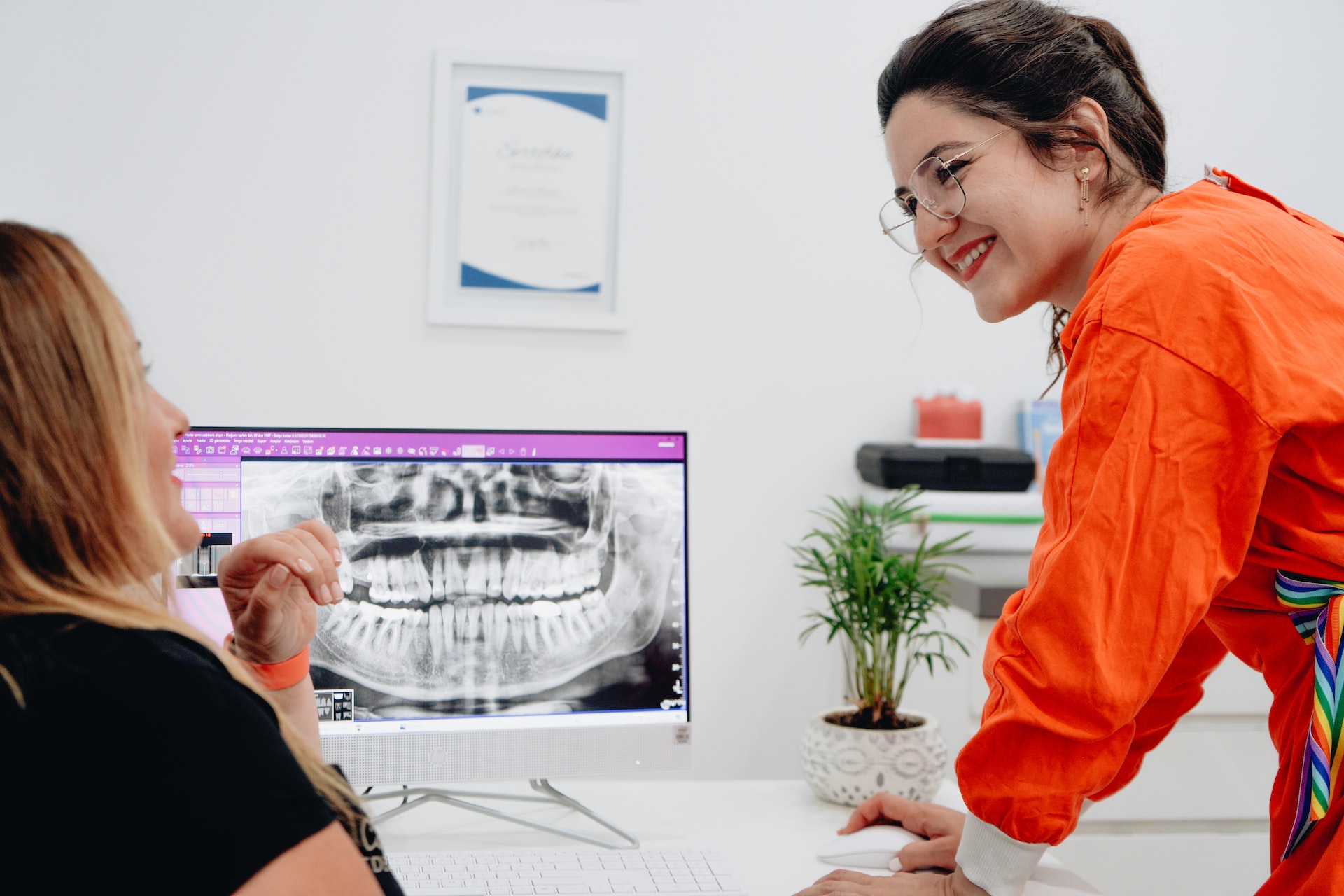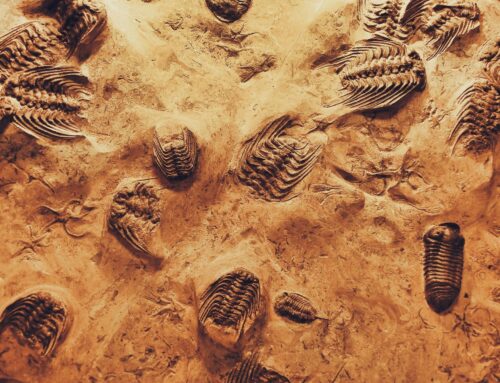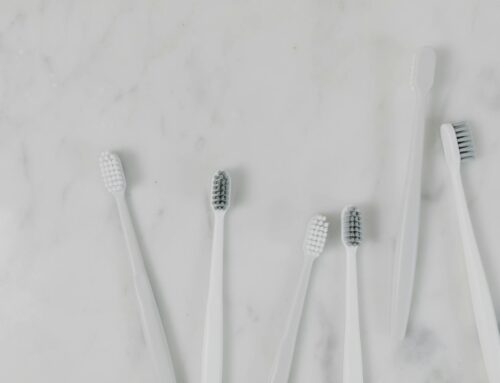Recent research has suggested that jaw defects could soon be treated through a bone transplant. Jaw problems affect a huge number of people, and are known to affect chewing, eating and talking. Therefore, jaw problems often cause distress for those that suffer. But this research is hopeful, and suggests that in the future, a specially designed scaffold could be inputted to stimulate growth of new bone.
For many years, scientists have been working on finding ways to help those with jaw problems – an issue that is very common as we age.
The aim has been to find a way of transplanting bone cell-carrying scaffolds into jaw defects – in an effort to start the process of new bone growth.
However, this is a very challenging task. Jaw defects can be debilitating, and stimulating bone growth is a complex topic.
But now, Japanese researchers have created a scaffold that can aid the growth of a new bone in mice. There are hopes that this could eventually be implemented in humans.
Jaw Defects
Jaw problems are very common – especially in the elderly. As we get older, bone tissue in the jaw naturally weakens. Teeth can become loose, and are often lost.
In this case, the usual treatment involves inserting implants, or potentially dentures. But as mentioned, in many cases the bone is too weak for implants or dentures to be installed.
Jaw problems can result in problems in speaking, eating, chewing and swallowing among other tasks. Research has showed that jaw problems are linked to a reduction in quality of life [1].
There are treatments available, but each have their limitations. Therefore, researchers have been searching for a way of helping those with jaw problems, which represents a sizeable amount of people.
The Research
The research team was made up of a group of scientists at the Tohuku University in Japan. Subsequently, their findings were published in the PNAS Nexus journal [2].
The researchers aimed to create a scaffold that is capable of regenerating the bone for those with jaw defects [2]. The hope was for the scaffold to provide the space for the growth of the bone.
To begin with, the team used a technique called electrospinning, which involves applying a high voltage to a polymer solution [2]. Subsequently, this stretches its fibers using an electrical field.
Next, they were able to test their work on osteoblasts that had been taken from human jaw bones [2]. Osteoblasts are cells that help to synthesize and lay down new bones during skeletal development [3].
With this producing positive results, it meant that the team were ready to test their human cell-carrying scaffolds into the jaws of pigs with defects [2]. However, they failed to form a new bone. The researchers attributed this to the immune system of the pigs resisting against the human cells [2].
Therefore, the researchers decided to use the same technique, albeit with mice [2]. They transplanted the cell-carrying scaffolds into the jaws of mice with defects [2]. To their delight, this turned out to be very successful.
After leaving the scaffold in for 8 weeks, they found that a strong bone had formed inside the defects [2]. Then, the researchers attempted to insert dental implants – as the standard treatment would be in humans. Impressively, the bone was strong enough to withstand the insertion [2].
This was a very positive result, and showed that the research team’s cotton-like scaffold was strong enough to hold and grow bone cells [2].
What this means
Overall, this research has brought scientists closer to treating bone defects in the jaw [2]. The researchers were understandably delighted with the results.
The cautionary element of this research is that the test was done on mice. Therefore, the researchers have stated that human trials will be used in the future. The hope is that if successful, it could pave the way for the scaffolds to be used as a way of treating jaw defects in humans.
The researchers are hopeful that their work into regenerative therapies for dentistry could also be used across other fields in the medical industry [4].
Masahiro Saito is the Professor of Dental Conservation at the Tohuku University and one of the authors of this research. He has said about how the team “plan to complete the application for manufacturing and marketing approval to sell this as a product for regenerative medicine by 2026” [4].
These are positive results, and suggest that in the not too distant future, that jaw problems could be remedied. This would certainly prove beneficial to millions, and result in an improvement in quality of life.
Thinking points…
1) As mentioned in this article, jaw problems can be very difficult to live with. One of the common causes of jaw problems is gum disease. Therefore, it is very important to look after our gums and general oral health. If you are concerned about gum disease, you could ask your dentist about treatment options like root planing or scaling. Above all, ensure you practice excellent oral hygiene.
2) The best way of looking after our oral health is a combination of having strong oral hygiene and attending regular dental check-ups. This can help to protect you from cavities and gum disease. Going back to the check-ups, it is very important that you see your dentist regularly, as they can suggest treatment if needed. Consider booking an appointment now!
What we offer at Taradale Dental
Taradale Dental is a Calgary dental clinic that offers many services, including regular check-ups, cavity fillings and root canals.
We are also pleased to offer some cosmetic services. Here at our Calgary dental clinic, we offer treatments like tooth whitening, Invisalign™ and dental implants.
It is important for oral problems to be addressed early. Any issues can be identified at check-ups. If further treatment is needed after a check-up, our patients receive a clear treatment plan that is suited to their needs. Early detection helps to prevent the problem getting worse.
The best way of avoiding extra treatment is to have strong oral hygiene. This includes brushing our teeth at least twice a day, flossing regularly, and getting a dental check-up at least twice a year. Avoiding sugary foods and drink and not smoking also helps.
Our Calgary-based dental clinic Taradale Dental follows the Alberta Dental Fee Guide. This means our prices are competitive, transparent and affordable.
We would love you to visit us here at Taradale Dental soon! You can see more about us by visiting our website https://taradaledental.ca.
References
[1] Santana Soria, T., Santana Soria, G., Cruz, R. A., Brew, M. C., Grossman, E., & Serra Bavaresco, C. (2018). Effect of Temporomandibular Disorders on Quality of Life for Elderly Individuals. Iranian Journal of Public Health. 47 (10): p1599-1601. PMID: 30524992.
[2] Suzuki, S., Venkataiah, V. S., Yahata, Y., Kitagawa, A., Inagaki, M., Njuguna, M. M., Nozawa, R., Kakiuchi, Y., Nakano, M., Handa, K., Yamada, M., Egusa, H., & Saito, M. (2022). Correction of large jaw bone defect in the mouse using immature osteoblast-like cells and a three dimensional polylactic acid scaffold. PNAS Nexus. Pgac151. DOI: https://doi.org/10.1093/pnasnexus/pgac151.
[3] Ottewell, P. D. (2016). The role of osteoblasts in bone metastasis. Journal of Bone Oncology. 5 (3): p124-127. DOI: https://doi.org/10.1016%2Fj.jbo.2016.03.007.
[4] Tohuku University. (2022). Bone transplant could resolve aging jaw defects. Available: https://medicalxpress.com/news/2022-08-bone-transplant-aging-jaw-defects.html. Last accessed: 3rd September 2022.




[…] Recent Research Has Suggested That Jaw Defects Could Soon Be Treated Through a Bone Transplant. Click the Link To Know More […]